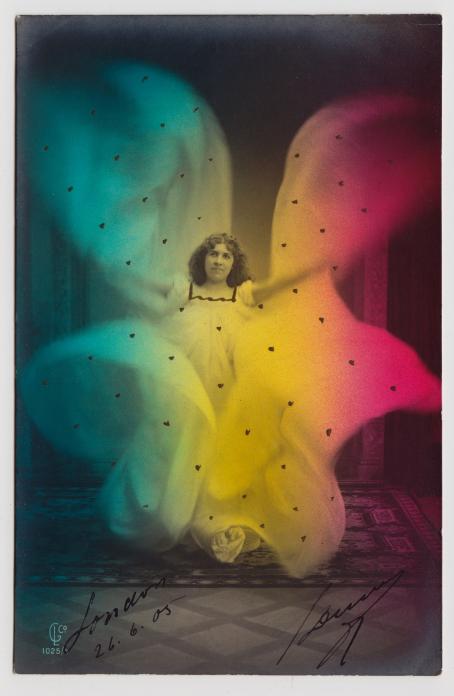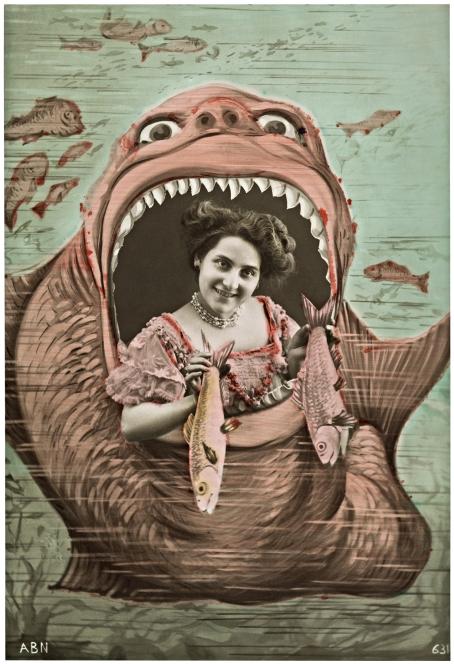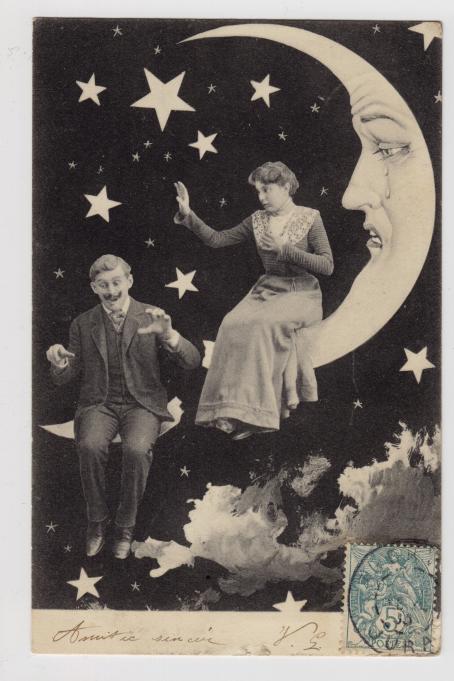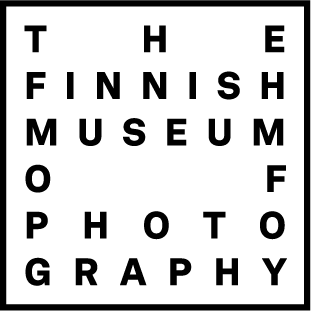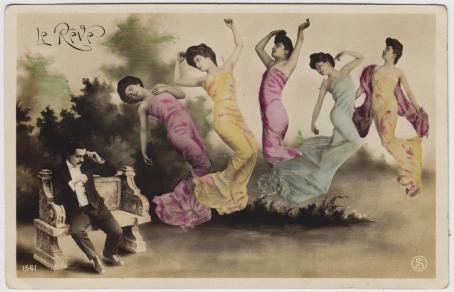
"Unelma", julkaisija Société Industrielle des Photographes, Pariisi, kulkenut Ranskassa n. 1905.
"Drömmen", utgivare Société Industrielle des Photographes, Paris, cirkulerade i Frankrike ca 1905.
"Dream", Société Industrielle des Photographes, Paris, France, about 1905.
"Drömmen", utgivare Société Industrielle des Photographes, Paris, cirkulerade i Frankrike ca 1905.
"Dream", Société Industrielle des Photographes, Paris, France, about 1905.
